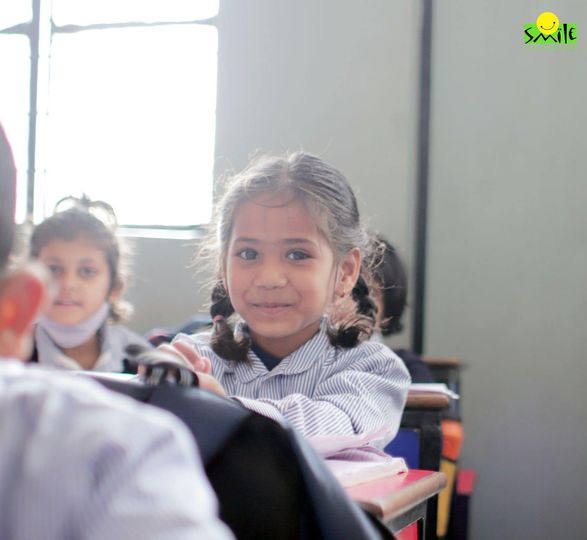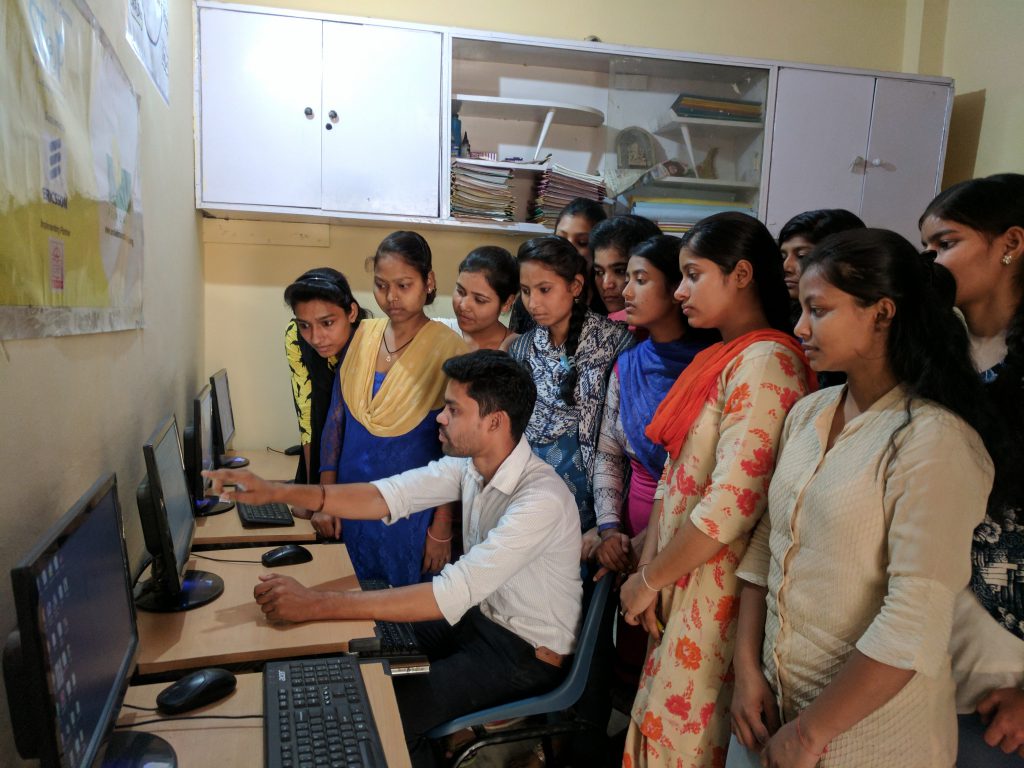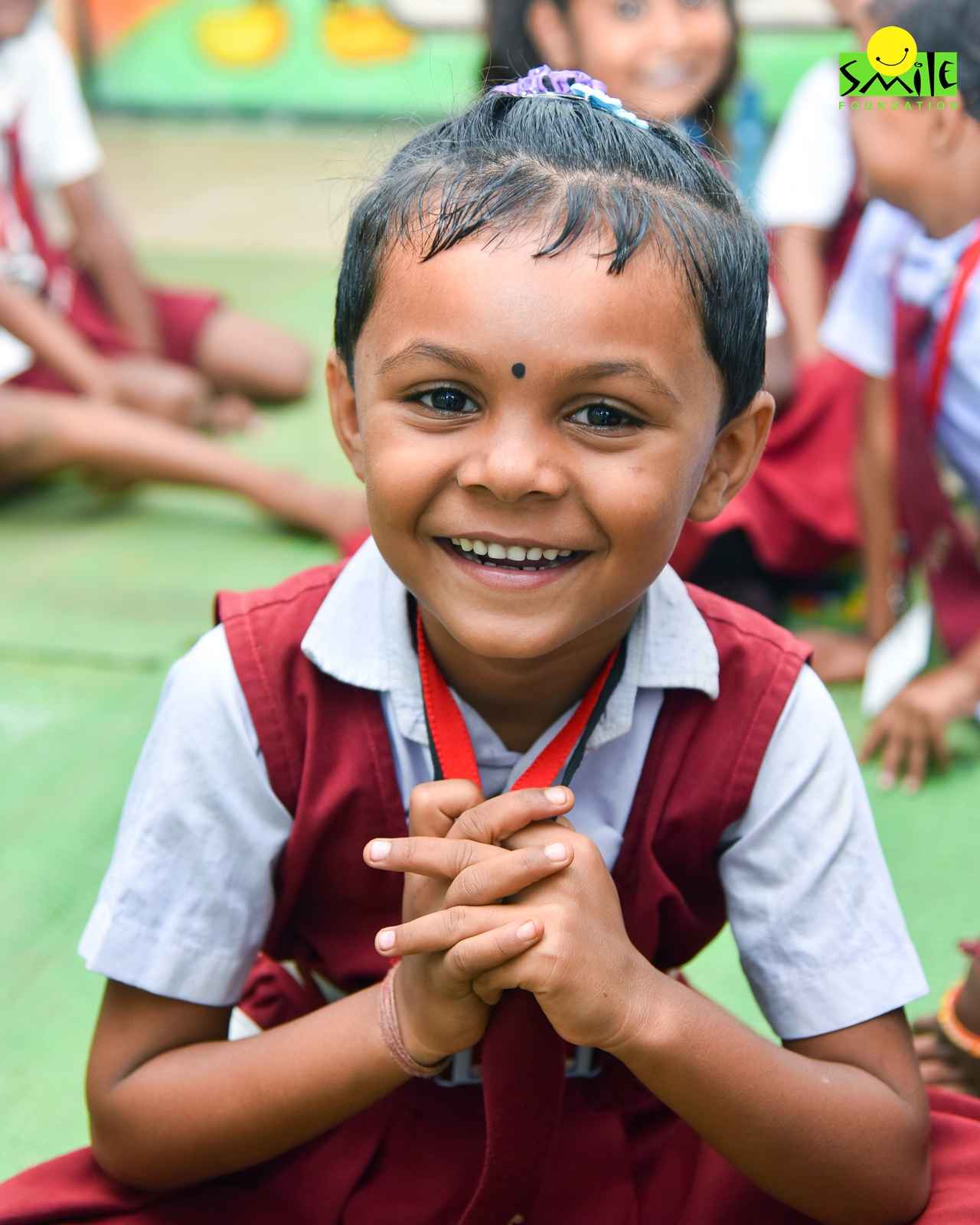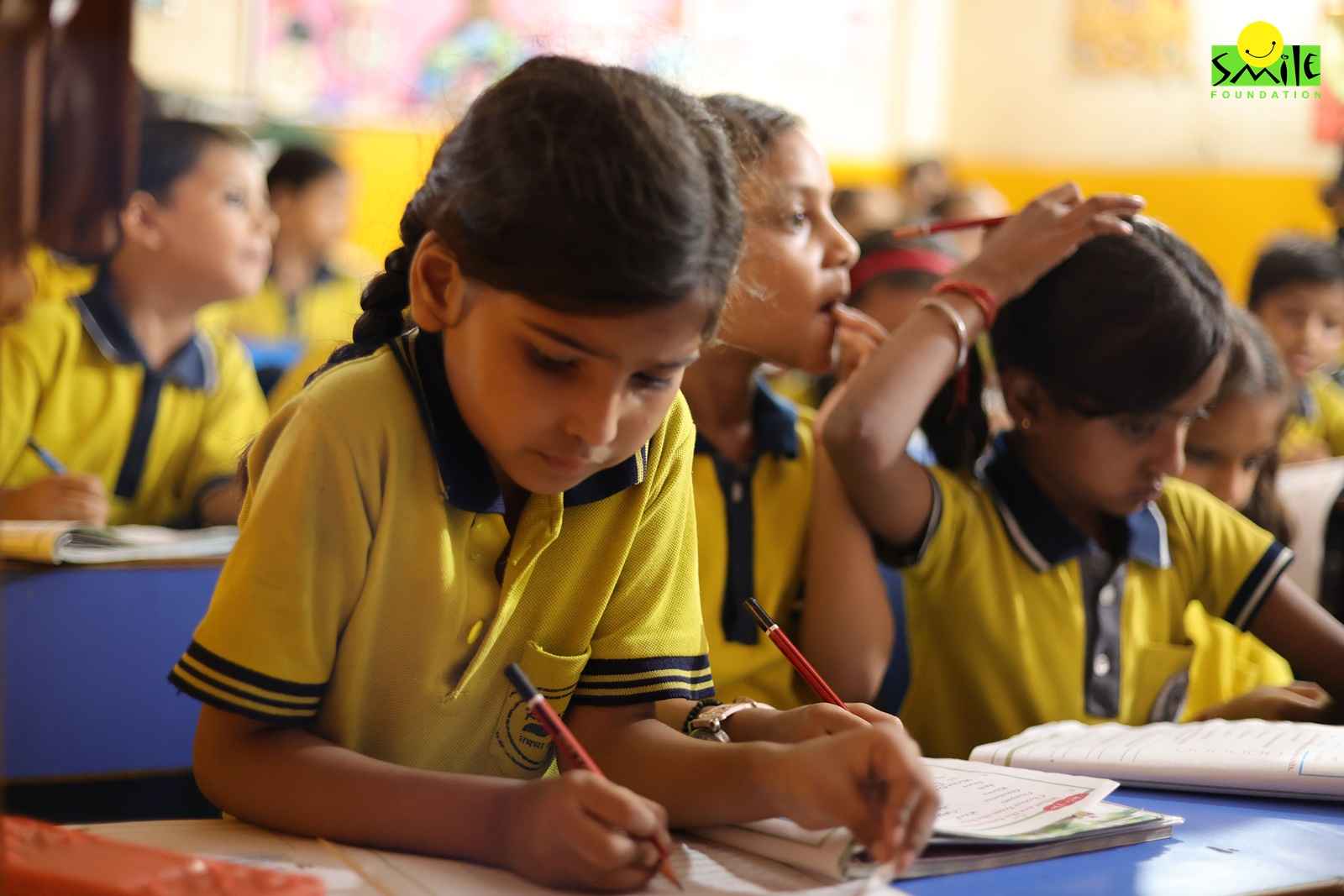Education is a crucial instrument for societal and individual growth in the modern world. Despite the advancements made in the education world, gender inequality is still a major problem, especially in girl child education.
Every child deserves to have access to education since it is a fundamental human right, regardless of gender. Building an inclusive and sustainable society depends on educating girls.
Girls who obtain an education are given the power to decide for themselves, their families, and their communities. In this day and age, focusing on the education of girls is crucial since it affects not only fundamental human rights but also the socioeconomic development of communities and nations.
In India, girl child education has gained significant attention in recent years, with the government implementing policies to promote education for girls. The focus on girl child education is crucial in India, where girls face many barriers to accessing education, including poverty, early marriage, and societal norms.
Educating girls is not only a matter of basic human rights, but it also has a significant impact on the country’s socio-economic development. An educated girl is more likely to enter the workforce, contribute to her family’s income, and break the cycle of poverty.
Why Focus on Girl Child Education?
Even with positive steps in the direction and despite the government’s efforts to promote education for girls, there are still significant challenges to achieving gender equality in education. According to a UNESCO report, the dropout rate for girls in India is higher for boys, with poverty, early marriage, and lack of safety as the primary reasons for dropouts.
There is also a significant gender disparity in higher education, with only 24% of women enrolled in tertiary education compared to 40% of men. Furthermore, girls from marginalized communities, including those from low-income families and rural areas, face even more barriers to accessing education. These challenges highlight the urgent need for continued efforts to promote girl child education in India.
Male literacy rates in India are 84.7 percent and female literacy rates are 70.3 percent in 2022, respectively, compared to a global average female literacy rate of 79 percent.
However, before we talk about the challenges in providing education to girls, let us first look at its benefits. Here are the 10 advantages of girl child education:
Improved Health:
Educated girls are more likely to have better health outcomes and make informed decisions about their health.
Higher Earnings:
Educated girls are more likely to enter the workforce, earn higher wages, and contribute to their families’ incomes. For example, studies have shown that an additional year of schooling for girls in India can increase their future earnings by 10-20%.
Poverty Reduction:
Educated girls are more likely to break the cycle of poverty, leading to poverty reduction in their families and communities.
Improved Nutrition:
Educated girls are more likely to have knowledge about nutrition and health, leading to better nutrition outcomes for their families.
Improved Education for Future Generations:
Educated girls are more likely to have educated children, leading to a cycle of intergenerational education.
Empowerment:
Educated girls are more likely to be empowered to make informed decisions about their lives– their health, education, and careers.
Gender Equality:
Educating girls is crucial for achieving gender equality in society.
Reduced Child Marriage:
Educated girls are less likely to get married at a young age, leading to a reduction in child marriage rates.
Reduced Gender-Based Violence:
Educated girls are more likely to be aware of their rights and less likely to experience gender-based violence.
Improved Overall Development:
Educating girls leads to the overall development of society, including economic growth and increased stability.
This highlights the immense importance of girl child education, not just in India but around the world. However, even today, there are many problems in girl child education that countries need to overcome. Now that we understand why is girl-child education important, we must focus on the challenges and the barriers to providing education to our girls.
Challenges in Girl Child Education
Despite the efforts made to promote girl child education, several challenges still exist in ensuring education for girls in India. One of the significant challenges is poverty. Many families in India cannot afford to send their children to school. Girls are often the first to be kept out of school due to societal norms.
Early marriage is another issue, particularly in rural areas, where girls are married off at a young age, leading to their dropping out of school. According to the National Family Health Survey, in India, around 20% of women aged 20-24 years were married before the age of 18 years.
Another significant challenge is the lack of safety for girls, particularly when travelling to and from school. This results in many parents being reluctant to send their daughters to school. Other challenges include the shortage of female teachers and inadequate infrastructure in schools. Additionally, girls from marginalized communities, those from low-income families and rural areas, face more barriers to accessing education.
According to the Indian Human Development Survey, girls from marginalized communities are six times more likely to drop out of school than girls from non-marginalized communities. In conclusion, while progress has been made in promoting girl child education in India, several challenges still exist.
Addressing these challenges requires a multi-faceted approach, including addressing poverty, promoting awareness about the importance of education for girls, ensuring the safety of girls, and providing adequate infrastructure in schools.
The Way Ahead
Focusing on girl child education is crucial for India’s overall development and economic growth. Educated girls contribute to the workforce and earn higher wages, leading to poverty reduction and economic growth. Additionally, educating girls leads to better health outcomes, reduced child marriage rates, and improved gender equality, among other benefits.
According to a report by the McKinsey Global Institute, if India were to close the gender gap in workforce participation, it could add $700 billion to its economy by 2025. Moving forward, there is a need for continued efforts to promote girl child education in India.
This includes addressing the challenges mentioned earlier, such as poverty and safety, promoting awareness about the importance of education for girls, and providing adequate infrastructure in schools. Additionally, ensuring access to quality education for all girls, particularly those from marginalized communities, is crucial for achieving gender equality and overall development in India.
She Can Fly initiative of Smile Foundation is aimed at enabling girls to become self-reliant and rise up to their full potential through interventions in education, vocational and skill training, and healthcare and nutrition.









